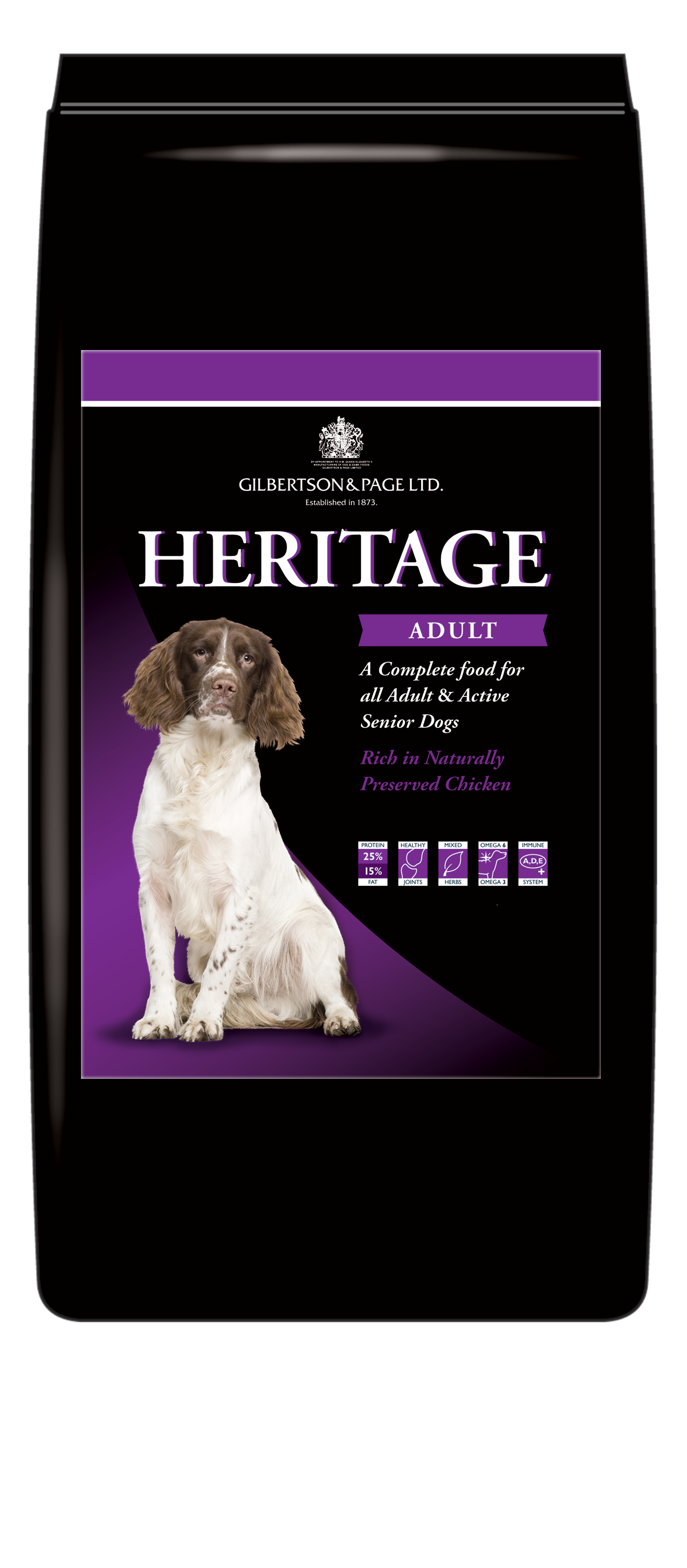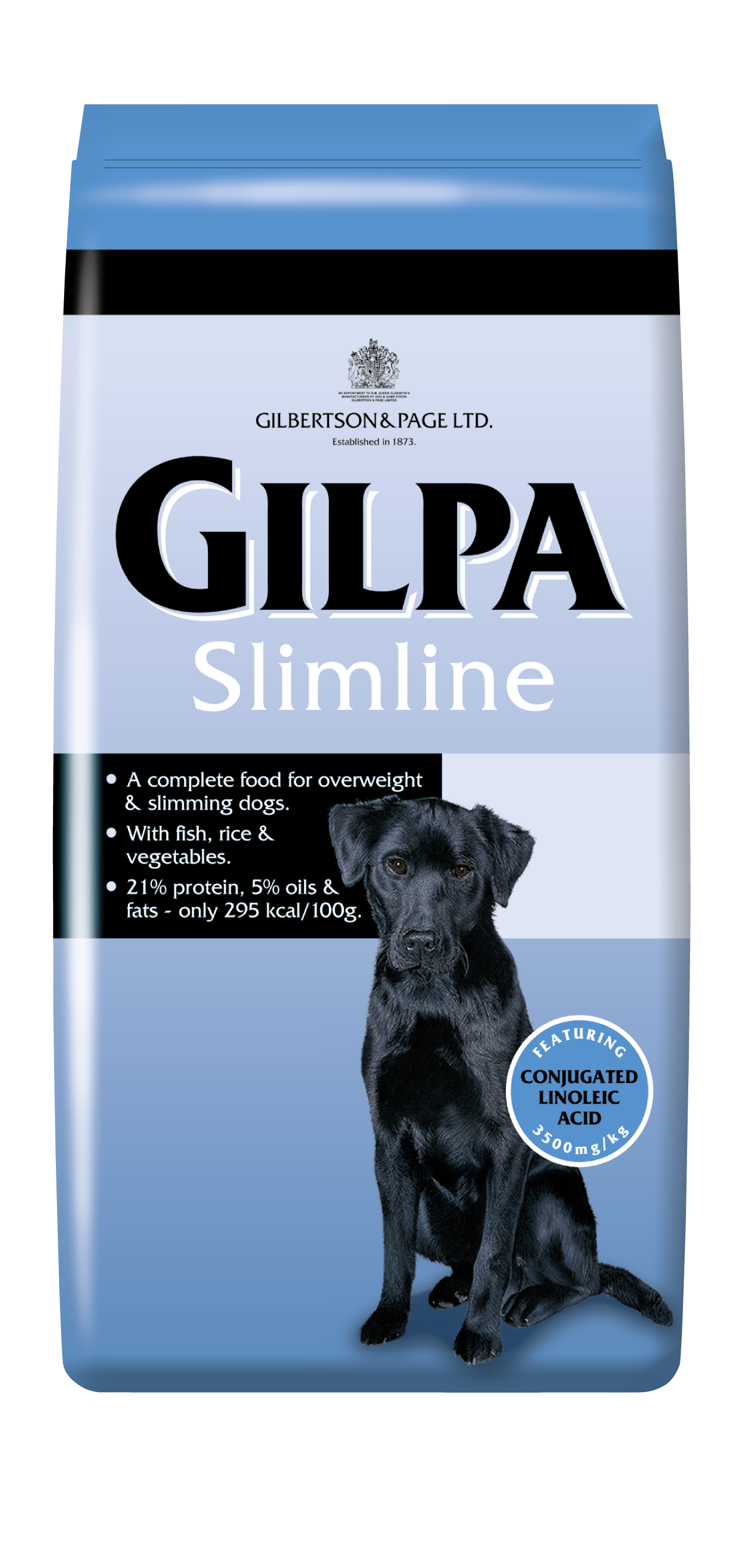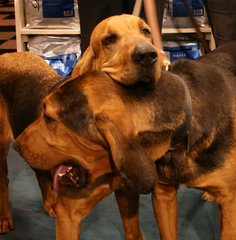Taking Care of Your Dog – An Explanation of Feeding To Condition
21/01/2014
‘Feeding to condition’ is a term commonly used when discussing canine nutrition, but what does it mean? In short, it is a more intuitive way of feeding your dog that takes into account their general health, energy usage and requirements rather than relying on blanket guidelines. It is a method every dog owner should use if they want to keep their dog in prime health, read on here.
Dogs, like people, are individuals: they come in different sizes; they use varying amounts of energy in their day-to-day life; they have slightly different digestive systems and appetites; they have differing nutritional requirements. Dog food packaging will have guidelines for portion size per approximate weight of the dog, but then it is up to responsible dog owners to adjust this depending on the amount of work their dog does, its appetite, overall health and weight. You simply cannot apply one rule to all dogs.
With an increasing obesity crisis in the dog world as well as the human world, it is a shame that many dogs are overweight through being fed too much and not getting enough exercise. This puts a strain on the dog’s skeleton, which is designed to carry a certain amount of weight, its joints and vital organs. Look for the following symptoms that a dog is overweight include:
- reluctance to exercise and reduced stamina when doing so
- difficulty going upstairs or jumping
- no ‘waist’ when looked at from above
- fat on the lower back and base of the tail
- when the abdomen is pressed lightly with the hand, the dog is very well padded and the ribs can’t be felt at all
- diarrhoea after eating if too much is consumed at a sitting
Conversely, underfeeding or starving a dog is very cruel too. In some cultures, dogs that are used for hunting are kept underweight and even starved to give the dogs more desire to hunt. This also puts an enormous strain on the dog’s skeleton, joints and organs as it is not getting the essential nutrition and food to stay healthy and maintain strength. Symptoms that a dog is underweight include:
- prominent pelvic bones and vertebrae
- a ‘waist’ that is sharply drawn in when looked at from above and an abdomen that appears tucked in when looked at from the side
- visible ribs
- scavenging for food
Consulting a vet is very important if you have any concerns about your dog’s weight. For overweight dogs the vet should carry out some basic checks, including a blood test for hypothyroidism, to rule out other reasons for the excess weight. For underweight dogs they will check for parasites and other problems that may be an underlying cause of weight loss.
 Changes to a dog’s diet should always be done gradually, whether this is increasing or decreasing current food intake or changing to a different dog food entirely. For all dogs choosing a dog food that is nutritionally balanced and meets their energy requirements is the key. Some things to look out for when selecting s dog food include:
Changes to a dog’s diet should always be done gradually, whether this is increasing or decreasing current food intake or changing to a different dog food entirely. For all dogs choosing a dog food that is nutritionally balanced and meets their energy requirements is the key. Some things to look out for when selecting s dog food include:
- A good source of protein, which comes first on the ingredients list
- Carbohydrates
- Fats and oils, including omega 3 and 6
- Supplements such as yucca extract, green lipped mussel extract and flaxseed to aid joint and ligament health
- Vitamins and minerals such as zinc and vitamin A for good eyesight, improved cell renewal and a healthy nervous system to name but a few.
There is some debate over whether overweight dogs should simply reduce food intake or eat specialist ‘diet’ food that is lower in fat. A dog that is still active and exercising plenty will need the protein, carbohydrates and fats and oils combination in a good quality adult dog food, such as Heritage Adult or Dr John Platinum in order to stay in good health. An older dog that is overweight or an overweight dog that exercises less for some other medical reason would do better with a dog food that is slightly lower in fat but is still nutritionally balanced such as Heritage Senior/Light or Gilpa Slimline.
A vet will be able to advise you on the desirable weight range for your dog and the best course of action to take. For underweight dogs, gradually increasing their portion size over time should encourage weight gain. For otherwise healthy overweight dogs, reducing the portion size by a third and weighing every two weeks until they are in the desired weight range, whilst simultaneously increasing exercise is the best course of action. It is important to ensure they is a plentiful supply of fresh water for dogs, particularly if they are eating dry dog food.
 Once the desired weight range is reached, this is where feeding to condition comes in. Rather than focusing on an ideal weight and an ideal portion size, it is more important to regularly weigh your dog and make checking their condition a daily habit. It is a simple matter when patting your dog’s head to check their eyes for brightness and ears for any discharge or soreness. Likewise, when you run your hands along their abdomen it is easy to check the amount of flesh over their ribs. If they are visible or not easily felt under the flesh then alter portion sizes accordingly.
Once the desired weight range is reached, this is where feeding to condition comes in. Rather than focusing on an ideal weight and an ideal portion size, it is more important to regularly weigh your dog and make checking their condition a daily habit. It is a simple matter when patting your dog’s head to check their eyes for brightness and ears for any discharge or soreness. Likewise, when you run your hands along their abdomen it is easy to check the amount of flesh over their ribs. If they are visible or not easily felt under the flesh then alter portion sizes accordingly.
Most of us like to make day-to-day life easier and most dog owners soon change to measuring dog food by volume with a particular container rather than laboriously weighing food out every time. This is fine as long as the food is weighed out from time to time to keep an eye on portion sizes and adjusted according to the dog’s health and weight in line with the principles of feeding to condition.
As adult humans we are for the most part in charge of what we put in our bodies. A dog does not have the same independence and will often eat whatever is put in front of it. Overfeeding your dog and feeding it the wrong food is irresponsible. Your canine companions rely on you to take care of them and diet is an important part of this. It has such an impact on their quality of life that, as a responsible dog owner, you owe it to your dog to regularly assess its weight and general health and manage its diet in line with this. Feeding to condition with a good quality dog food, taking into account factors such as health and age, is one of the greatest things you can do for your dog.



